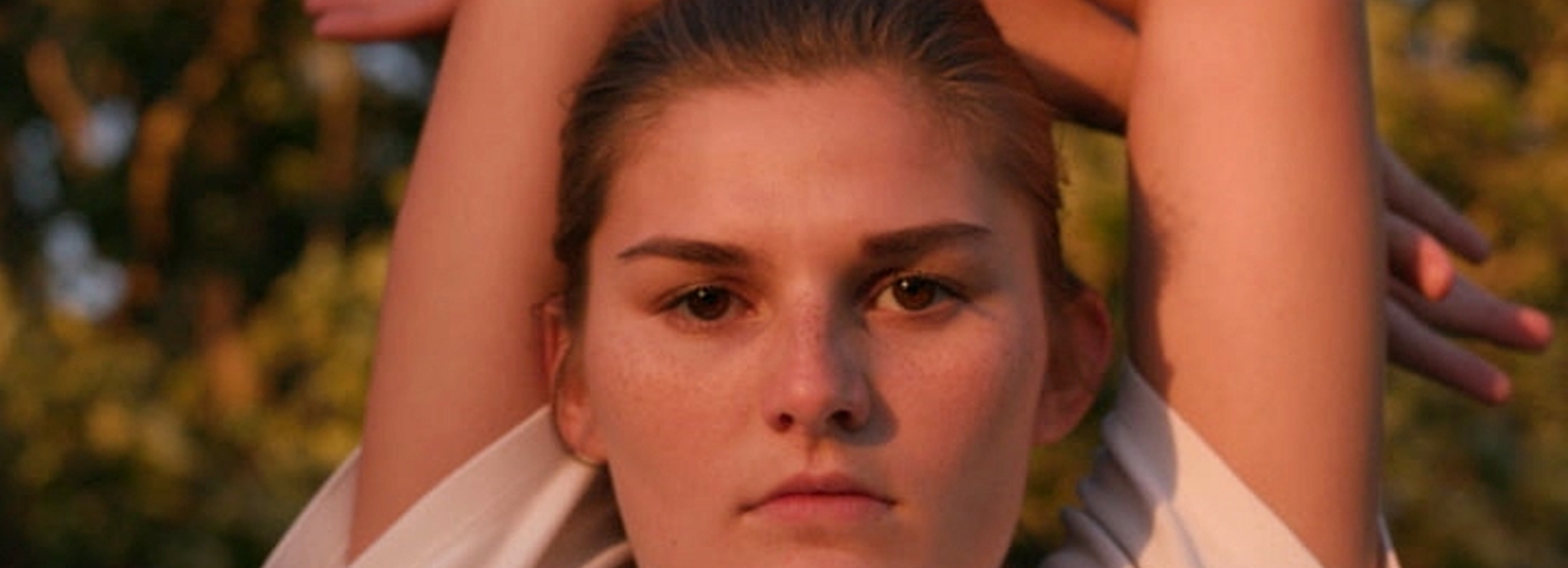
Rachael Pony Cassells
UNSW Art & Design Master of Art graduate Rachael Pony Cassells is now a Los Angeles-based photographer and director.
Rachael recently collaborated with musician Cass McCombs, named by the New York Times as “one of the greatest songwriters of our times”, to produce a music video for Run Sister Run in the lead up to McCombs’ international tour.
The resulting video features young Canadian First Nation activist and athlete, Tracie Léost. Léost, who was born in Treaty 1 Territory of Winnipeg, Manitoba, came to international prominence when she represented her Province at the North American Indigenous Games in 2014, at which she won three bronze medals. The following summer, Léost campaigned to raise awareness of the ongoing Canandian crisis surrounding the disappearance and murder of Indigenous women and girls every year, many of whom are not seen again and whose remains cannot be found. Léost ran 115 km over the course of 4 days from her grandparents’ house in Oak Point, Manitoba to the Monument for Murdered and Missing Indigenous Women at The Forks in Winnipeg. Her epic run generated significant international media coverage and raised over $6,000 for the Winnipeg grassroots non-profit organisation, Families First Foundation, which provides financial, legal, cultural and spiritual support to families of missing and murdered Indigenous women and girls.
Rachael says, listening to McCombs’ Run Sister Run, “I remembered reading an article a friend had forwarded me about Tracie’s solo 115km Journey of Hope run for Missing and Murdered Indigenous Women in Canada... Her run was a rally cry against then Prime Minister Stephen Harper’s repeated denial of a proposed public inquiry into MMIW in Canada. She was to me the embodiment of the archetype of the runner as messenger and therefore as protector. Her strength and determination is very inspiring… I contacted her and asked if she would retrace her run’s path for the ‘Run Sister Run’ video. She agreed and is such a natural leader, she also became my location producer, enlisting her whole family to help. We had almost all of her original Journey of Hope support and logistics crew involved in helping me recreate her journey for the video. The history of women running in film contains so many images of women filmed from behind, running in fear filmed from the point of view of an attacker. It was important to me to not add to the visual history of women running in fear and only film Tracie running forward towards the camera looking forward, her body fearlessly reclaiming public space.”
